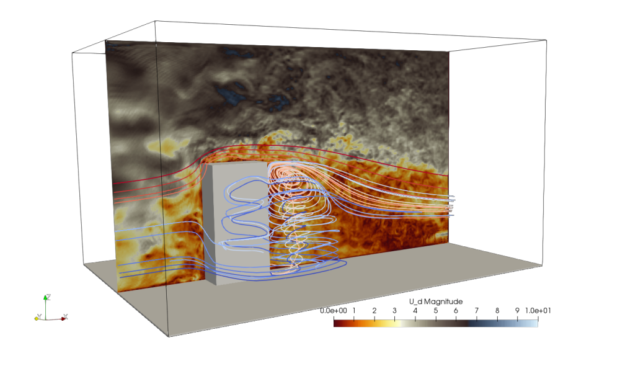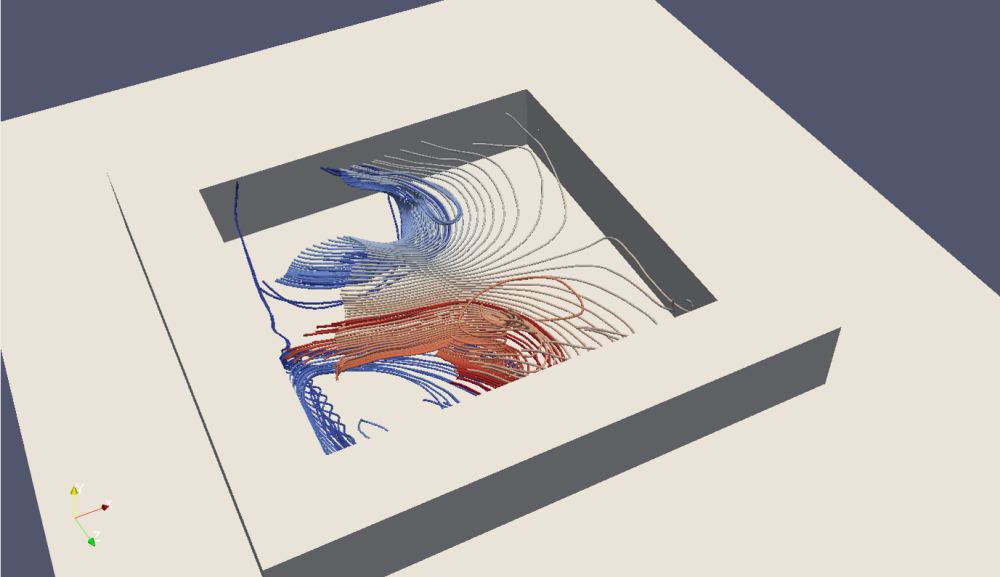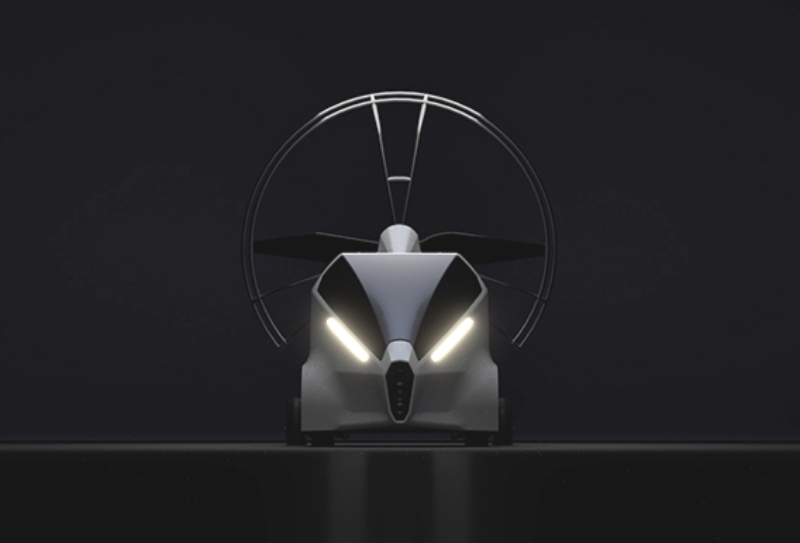Animal Dynamics has announced a collaboration with the University of Manchester to improve the realism of its simulated environment and accelerate the commercial rollout of its Unmanned Aircraft System, Stork STM.
Wind simulation plays a crucial role in design and development, exposing Unmanned Aircraft Systems to numerous wind scenarios in a virtual world which can be difficult and expensive to replicate in the real world. The relatively small size of Unmanned Aircraft Systems, combined with operation in built-up environments such as cities, means that they are more vulnerable to localised wind gusts. Using this advanced simulation software, Animal Dynamics is able to evaluate flight control strategies for take-off and landing under challenging wind conditions, including ideas inspired by the way birds deal with strong winds. This is set to significantly accelerate the commercial roll-out of Stork STM.
The software supplied by the Mechanical, Aerospace, and Civil Engineering Division at the University of Manchester allows Animal Dynamics to blend simulated wind data into its virtual worlds. By combining sophisticated simulations with realistic local wind conditions around buildings and other physical features, the Unmanned Aircraft System is able to undergo rigorous and accurate evaluation in varying settings before taking to the skies.
The advanced simulation software is expected to underpin a pioneering flight control system which will be able to respond to local wind conditions in seconds; helping to improve the tolerance of Unmanned Aircraft Systems to gusty conditions, particularly during take-offs. This system, being developed by Animal Dynamics, is expected to create a safer airspace in the future by making Unmanned Aircraft Systems more intelligent and adaptive.
Ian Foster, Head of Engineering at Animal Dynamics, commented:
“Simulation holds the key to unlocking aerial autonomy. It is crucial that we are able to expose our systems to challenging environments in virtual worlds. Thanks to the team at the University of Manchester we can now blend realistic wind data into our simulated environments, something that will accelerate our ability to be able to address the urgent, complex, and dangerous operational challenges across the globe.”
Ben Parslew, Senior Lecturer in Aerospace Engineering at the University of Manchester, also commented:
“Research is an important part of my role at the University of Manchester aside from teaching. I really enjoy working with innovative companies like Animal Dynamics to develop new technologies and new engineering products. In this particular project we only just scratched the surface of what is possible with simulation, so it is exciting to think about all the further things we can do together in the future.”
Stork STM, an autonomous heavy-lift powered parafoil is capable of carrying 135 kg of cargo up to 250 miles (or 400 km). It has been designed to address the urgent, complex, and dangerous operational challenges, such as providing humanitarian aid in crisis zones, improving emergency response procedures in difficult to reach places, assuring delivery in varying military settings, or designing sustainable agriculture solutions for innovative thinkers.
Animal Dynamics already has a fully operational UAS, ST-25, which is perfectly suited for last-mile logistics with payload drop capability (10 kg over 40 km), infrastructure monitoring, and various LiDAR and other surveillance missions.
Source: Press Release




